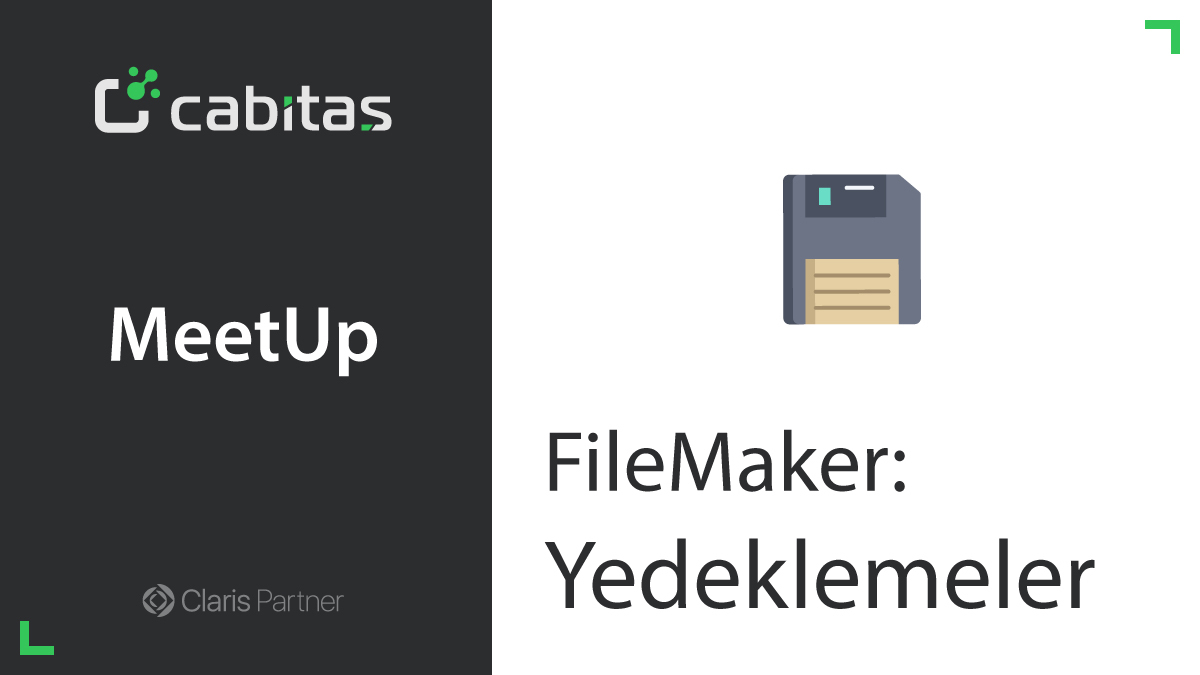

json file if the payload is very large instead of writing the JSON text inline as part of your request. For example, some APIs recommend that you upload a. There are also scenarios where you may want to store or send your JSON from FileMaker as a. Insert JSON as a file and then read contents with TextDecode Writing JSON Files from FileMaker Hence, the TextDecode function is useful in that scenario as well. json files are getting into the container field using a method that’s not Insert From URL, and the option of specifying the target is not available. json files are actually utf-8 encoded text files, we can read the text right from the container using the TextDecode function and specifying utf-8 as the encoding. json file is inserted into the container as an actual JSON file. If a container field is specified as the target in the Insert From URL step, then the. As text, we can then use the JSONGetElement function to parse the specific values. For example, if a variable or text field is specified as the target, then Insert From URL will simply read the.

The way these files are inserted depends on the target that’s specified in the script step. json files that are local to the system or downloaded from an external site or API. The Insert From URL script step can be used to insert. JSON files are really utf-8 text files, and we have a few different ways of handling them in FileMaker. Looking for our article and example file on the JSON Parsing Function? Here it is: FileMaker JSON Functons. The JSON functions are for working with text, but what if we run into a situation where we need to work with actual JSON files? Does FileMaker provide the tools to read and write. They’ve changed how many developers work, both as a protocol for handling data interchange within FileMaker and working with external APIs. FileMaker introduced its JSON functions in version 16.


 0 kommentar(er)
0 kommentar(er)
